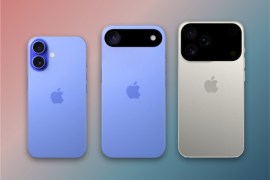The most anticipated smartphones of 2017
A decet of exciting devices hitting shelves next year
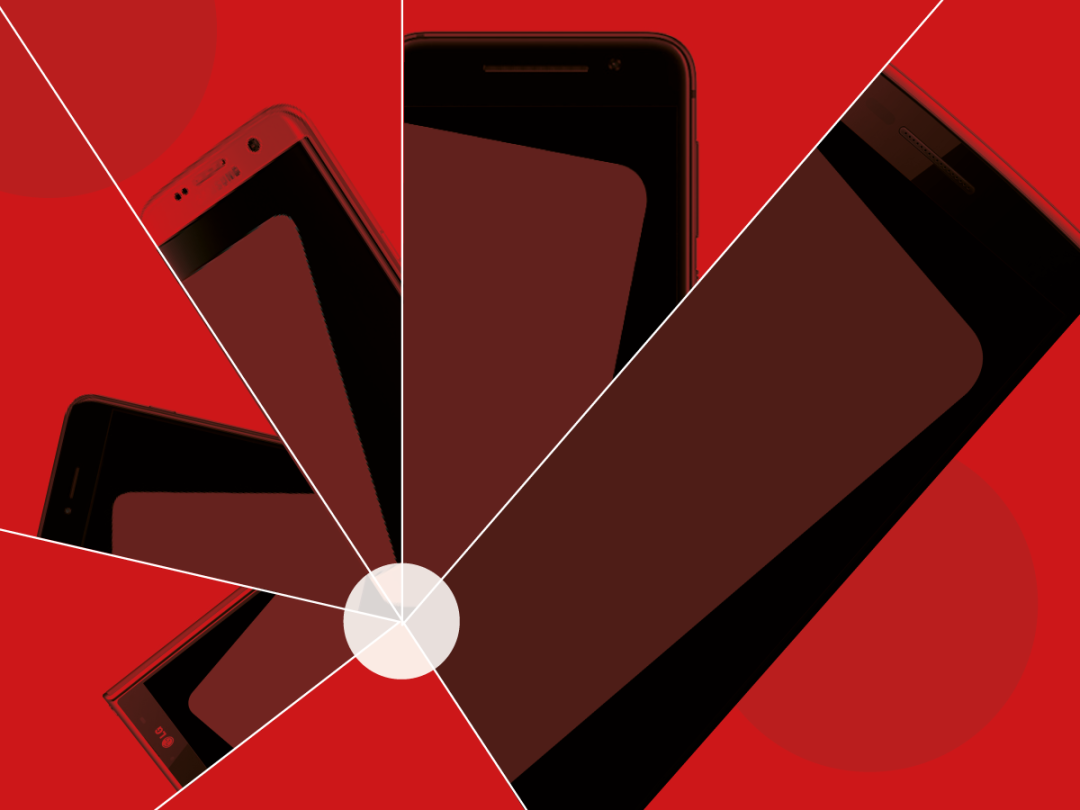
As the confetti is swept away and the last notes of Auld Lang Syne echo away, all thoughts will turn to the most exciting prospect of 2017: smartphones.
Oh, sure, there are resolutions to be made and opportunities to be sought – but what’s really getting us going this New Year is the latest crop of shiny slabs set to hit shelves.
Why are we so excited? Because there are follow-ups, new mobiles, refreshed phones and more, all coming in 2017 – and they could well be some of the best we’ve ever seen.
Not familiar with the best box-fresh phones coming in the new year? Read on for the 10 pocket-fillers getting our pulses racing for the next 12 months.
Samsung Galaxy S8
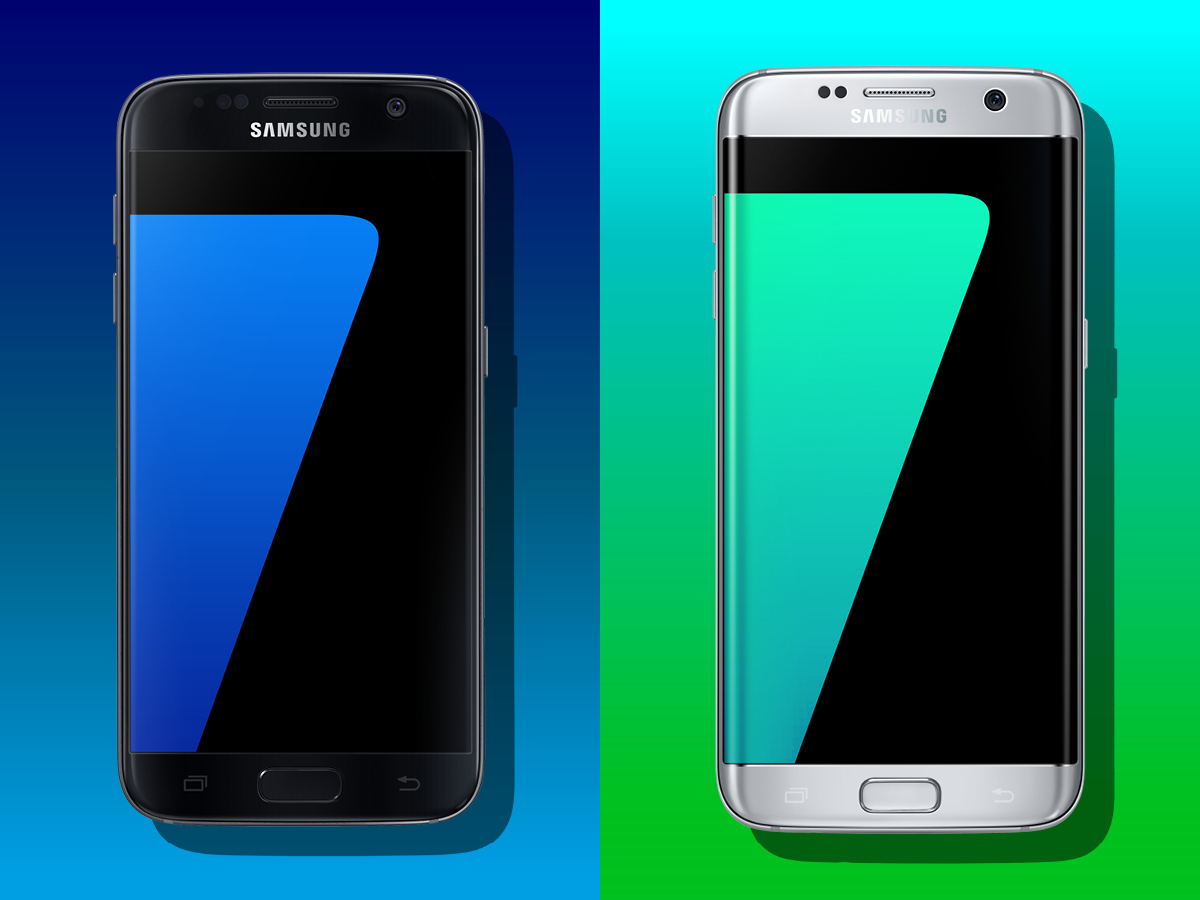
Samsung’s Galaxy S series has given us a new flagship smartphone annually since 2010 – and every one of them has received five stars when we’ve reviewed it.
If that’s not enough to tell you why we’re excited for the Galaxy S8, this should be: a bezel-less, curved-only phone, packing a 4K AMOLED display, a dual-lens camera and a faster chip than ever before.
OK, so not all of those specs are concrete – in fact, most are rumours, albeit based on a body of leaks and partial facts – but it’s enough to look at Samsung’s prior form to know that the Galaxy S8 will be one of 2017’s top smartphones.
In fact, whether or not it ditches the home button and headphone socket, whether or not it has two lenses, and whether or not it comes only in the wraparound ‘Edge’ variant, we’re seriously excited – by virtue of what’s come before.
What we know › Everything we know about the Samsung Galaxy S8
Samsung Galaxy Note 8
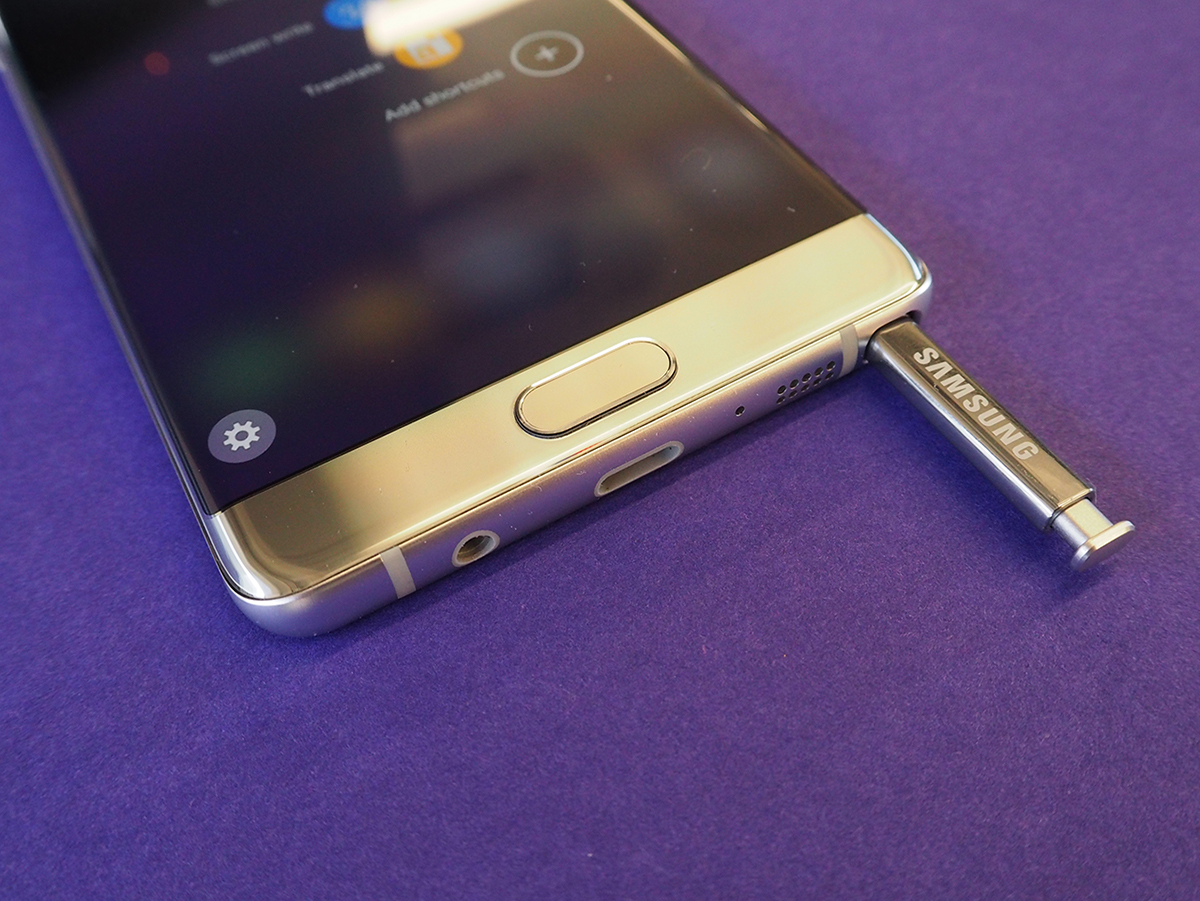
Samsung’s phablet line-up isn’t a straightforward one. Even before it began spontaneously combusting, the 5.7in Note 7 sat beside the 5.5in Galaxy S7 Edge in a line-up of tricky similarity.
What made the Note special, though, was arguably the enchanting interplay between its larger screen and the fabulous S Pen. It was a big phone that didn’t feel like one – and a productivity powerhouse that didn’t look like one.
Then it blew up – literally. Samsung had to pull the Note 7, leaving us wanting and waiting.
Even before the Note 7’s battery meltdown drama, we were excited by the product line – which is why we’re even more intrigued by the release of the Note 8, penned for some time in 2017.
Can it win back disgruntled Note fans? Can it deliver the goods without exploding? Will it be called the Samsung Galaxy Note 8, given that the company has already released a tablet of the same name? We can’t wait for the answers.
Apple iPhone 8
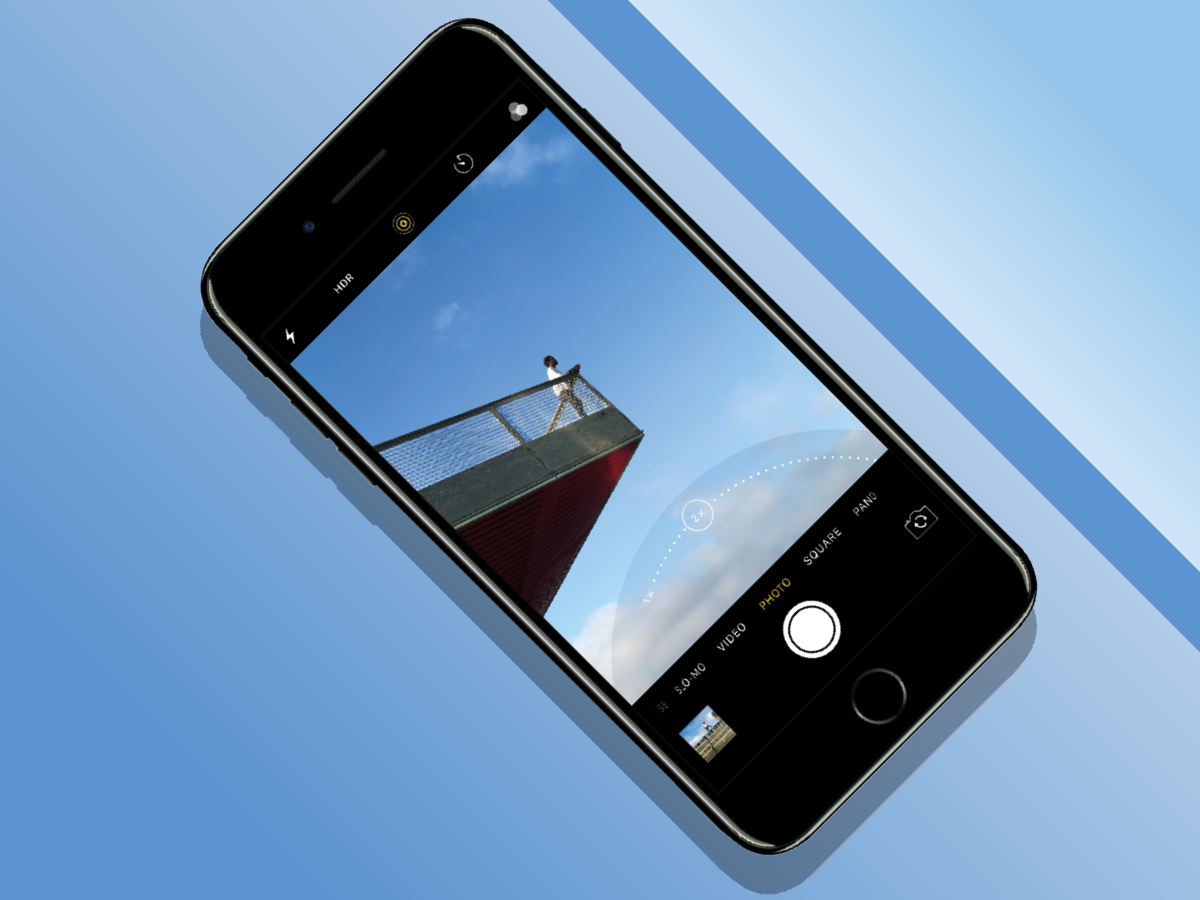
If you haven’t heard any whisperings about Apple’s next flagship, just listen to this: 2017 is the 10th anniversary of the iPhone.
Will that mean anything? Well, if Apple is to continue it’s tick-tock strategy of big upgrade one year, little upgrade the next, 2017 should show us an iPhone 7s.
Would the Cupertino company really miss the opportunity for “bravery” and game-changing upgrades on its own decade celebration? Based on early rumours, it could go either way.
Whatever happens, evidence points toward a radical design change – possibly to an all-glass body – together with an AMOLED screen upgrade, wireless charging and the demise of the home button. There might even be a Touch Bar on-board.
Bigger than the hardware, though, is the question of whether Apple still has the marketing chutzpah to sell a smartphone that costs more than a month’s rent.
Pretty preview › All we know about Apple’s iPhone 8
Nokia Android
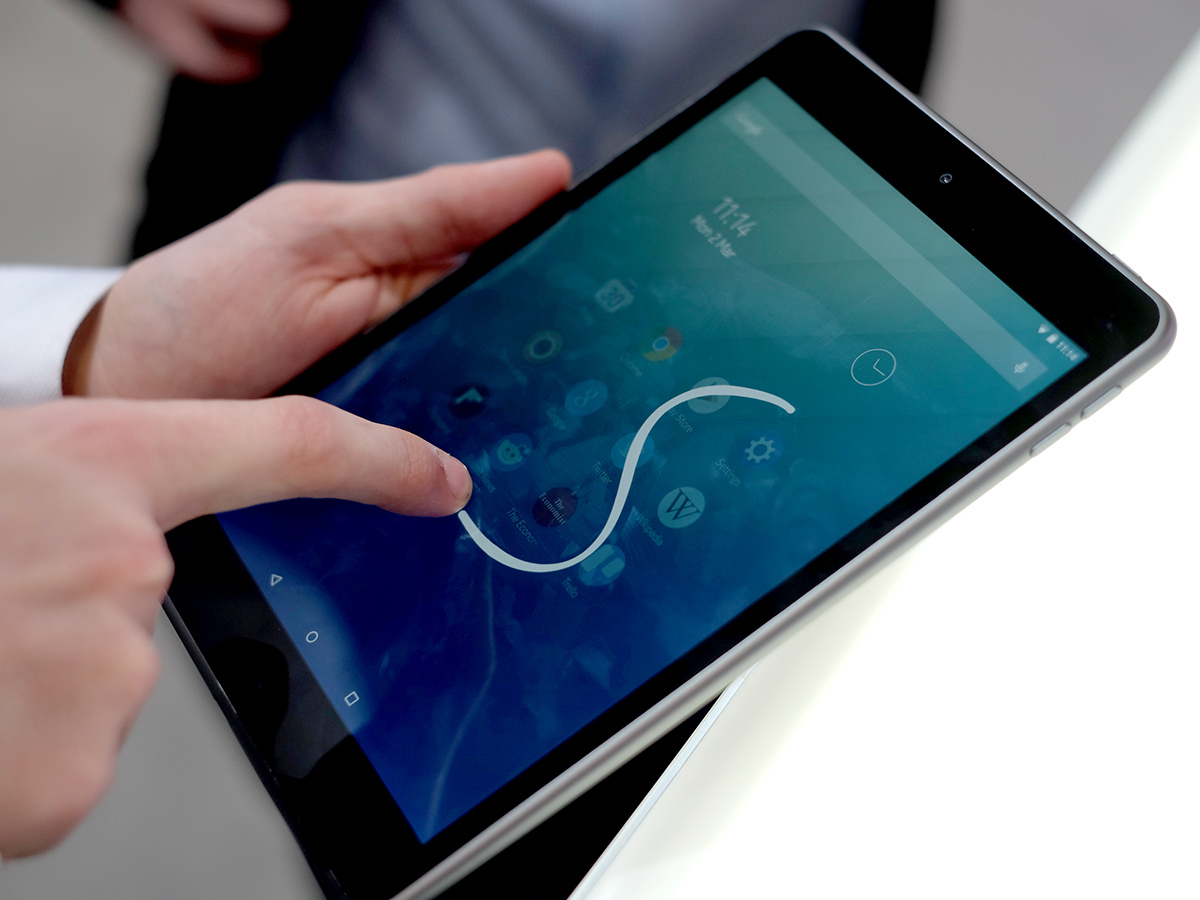
“Nokia? I thought it was dead?” Well, you know what they say about the toughness of Nokias…
Anyway, yes, a company called HMD is now making mobiles under the Nokia name. It’s a Finnish company, independent of Microsoft and, in 2017, it’ll release a Nokia smartphone running Android.
Why is that exciting? If our hopes are answered, it’ll deliver the goods where the Lumia line almost but never quite did. Think: zippy speeds, Android sensibility and the sort of styling that just might take the fight to Apple and Samsung.
We saw the first glimmer of Nokia-meets-Android potential with the truly intriguing N1 tablet – complete with its addictive Z launcher front-end – and there’s every chance that the next Nokia flagship will pick up where the N1 left off.
LG G6
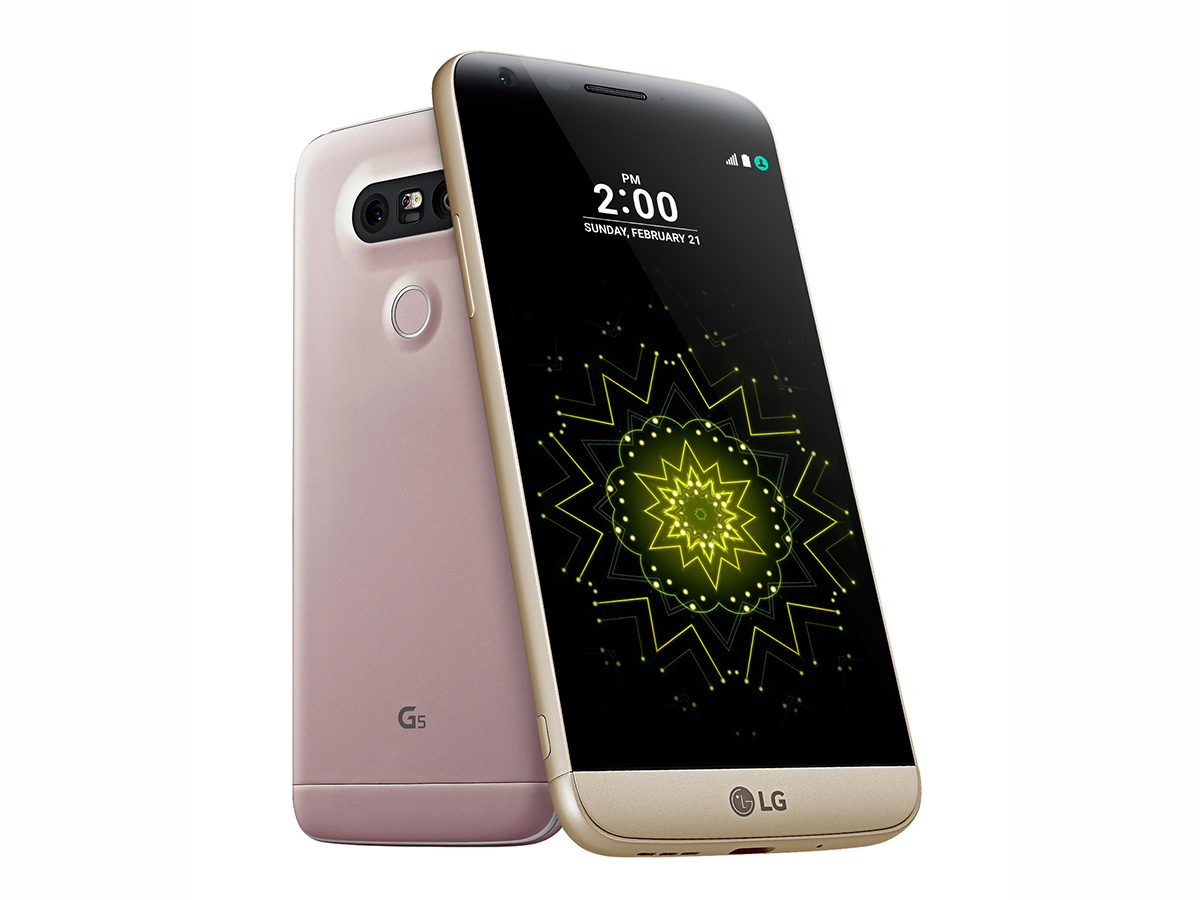
This year’s LG G5 was a five-star flagship that promised us a modular future for mobiles, where on-paper specs were no longer concrete.
Sure, it was unassuming – but the real pulse-racer was its compatibility with physical add-ons, such as camera controls and B&O audio tech. It also had its fair share of rough edges, though – including a disappointing always-on display.
What we’re hoping for in the LG G6, then, is the same again – and better. Modular kit might just be the phone tech of tomorrow, and we’d love to see it executed well in a meaningful way.
Sadly, some rumours already suggest that LG will ditch the physical elements in favour of a premium, waterproof phone in the LG G6. With a first quarter launch likely, we shouldn’t have to wait to find out.
Last one › LG G5 review
OnePlus 4
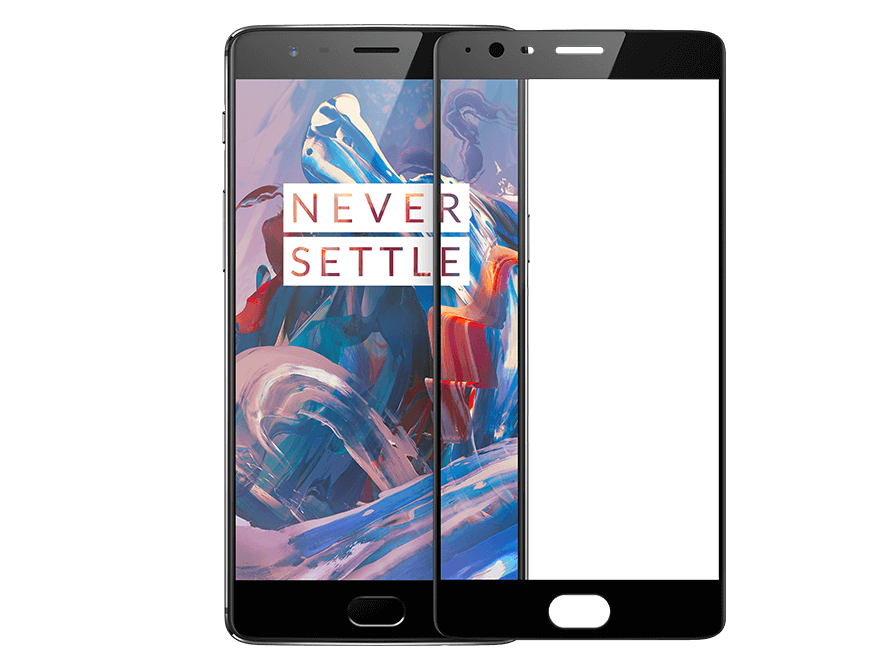
Besides the X, OnePlus has already made a fourth smartphone: the 3T.
Sure, it was a stellar mobile with stacks of power – but it wasn’t quite the major upgrade we were hoping for. What we really wanted was a true next-gen OnePlus to continue the Chinese company’s tradition of proper bang-for-buck value in a flagship.
Thankfully, the OnePlus 4 – or could it be the 5? – should pick up where the 3 left off.
Early evidence points towards a 5.3in AMOLED display, a ceramic or glass build, quick internals and a dual-camera setup. A properly well-equipped handset, then – and, hopefully, one that ups the OnePlus game once again.
Proper preview › All the details about the OnePlus 4
Microsoft Surface Phone
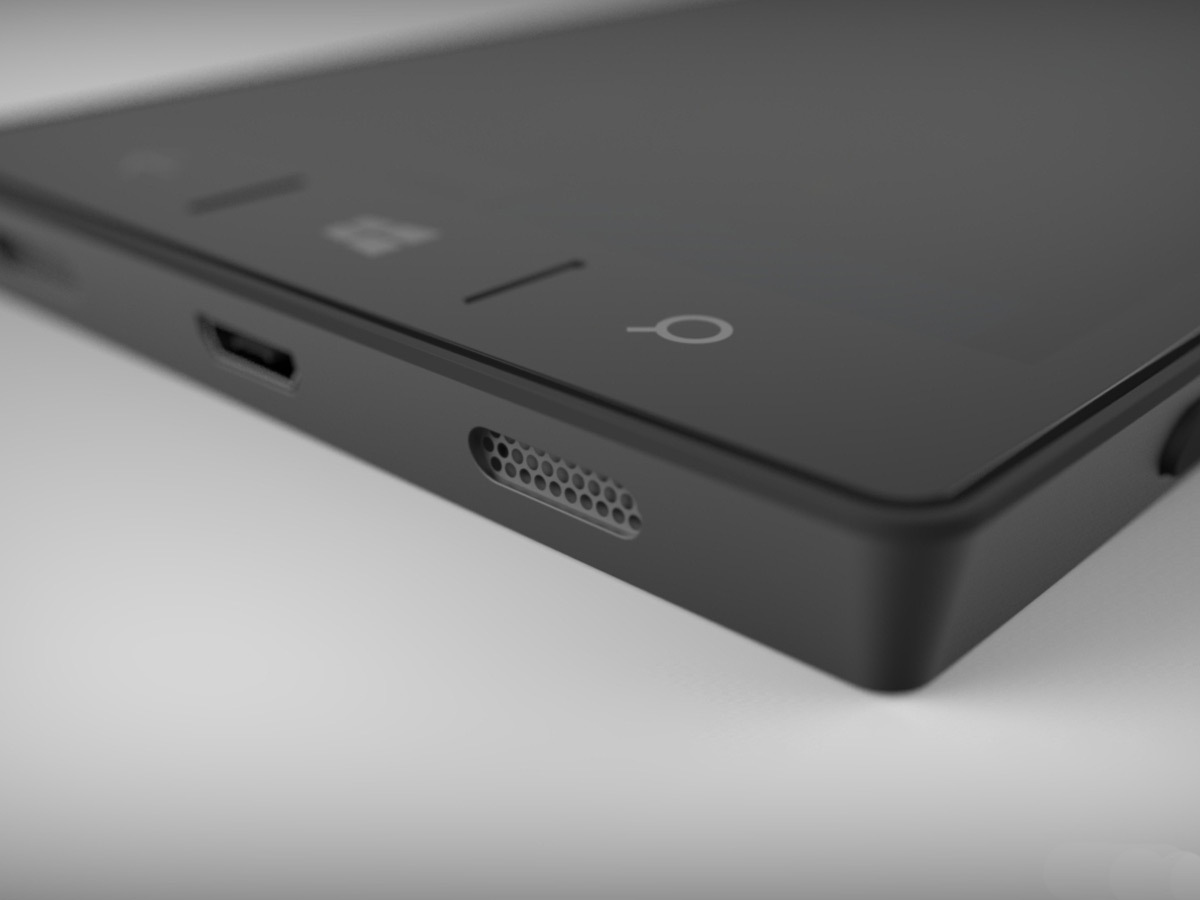
Rumours of a Surface Phone have been kicking around since 2012 – but 2017 might finally be the year in which our anticipation is rewarded.
Surface machinery hasn’t always hit the mark, but it’s generally offered solid hardware that delivers the best Windows experience around. And, ever since we saw the Lumia 950 playing PC with a Display Dock, we’ve wanted to see Surface tech on a smartphone.
What will be in store? Widespread speculation suggests it’ll run the full Windows 10 desktop experience, thanks to a collaboration with Qualcomm to deliver speedy Snapdragon chips.
Beyond that, though, we don’t know much. Some say it’ll be an all-metal, 5.7in affair, whilst others – including industry insiders – suggest there will be three models, differentiated by storage capacity and amount of RAM.
We’ll only know for sure when it’s released, which should be in the first half of next year.
HTC 11
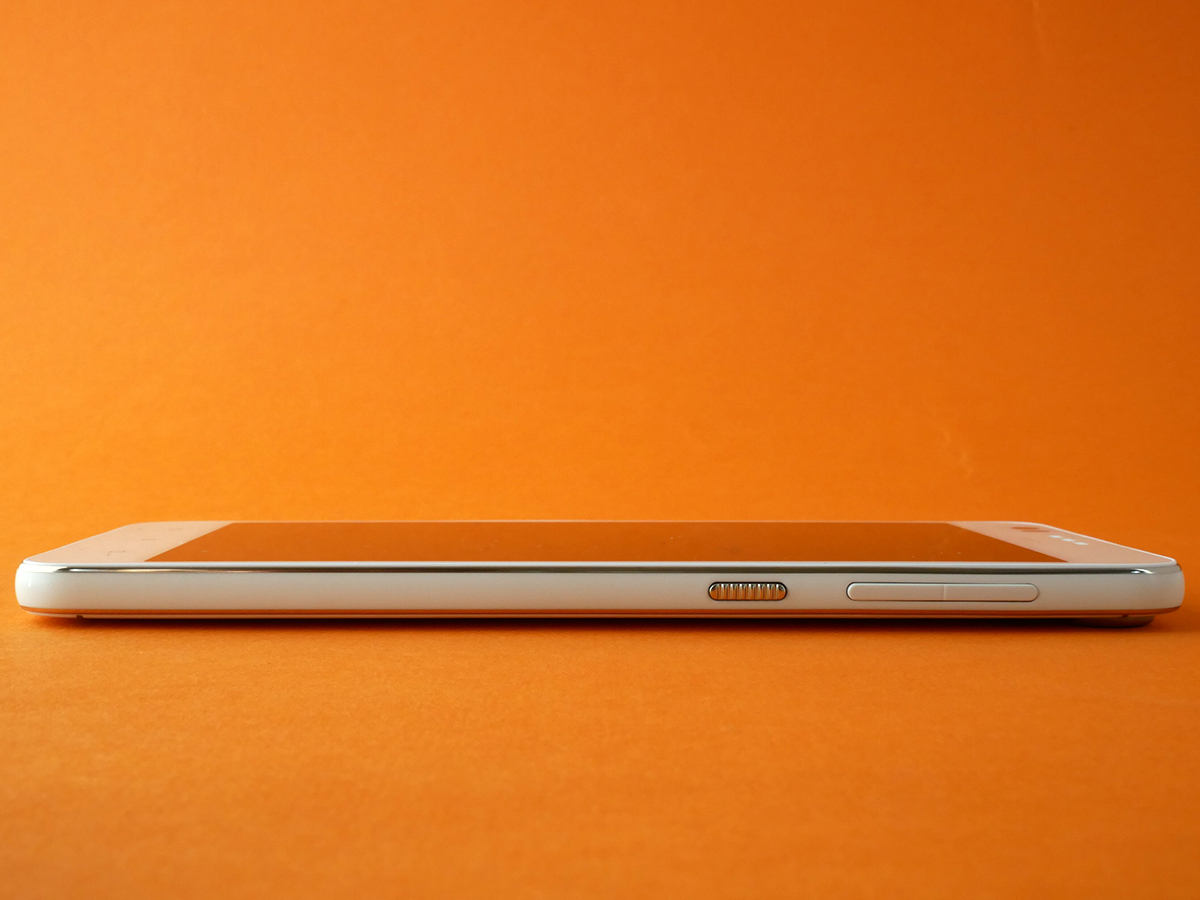
One of the best Android smartphones around, we loved the HTC 10. A clutter-free powerhouse that excelled at the fundamentals, it demonstrated a true return to form for the Taiwanese manufacturer.
All of that means that we’re seriously keen to see its next effort. From a tricky financial situation not so long ago, HTC appears to have rebounded – but a solid smartphone in the 11 will be pivotal to that run continuing.
Will HTC play it safe again? Whilst that strategy might keep the company afloat, it’s unlikely to win over fans of rival mobile makers.
Whatever happens, the design is unlikely to change too much. Instead, we might see a mammoth storage capacity of 256GB, paired with 8GB of RAM and a 5.5in screen – all based on a Snapdragon 835 chip.
As ever with HTC devices, though, it’s as much about the software experience as the hardware – and that’s something we’ll need to try before we know what the 11 means.
The one before › HTC 10 review
Google Pixel 2
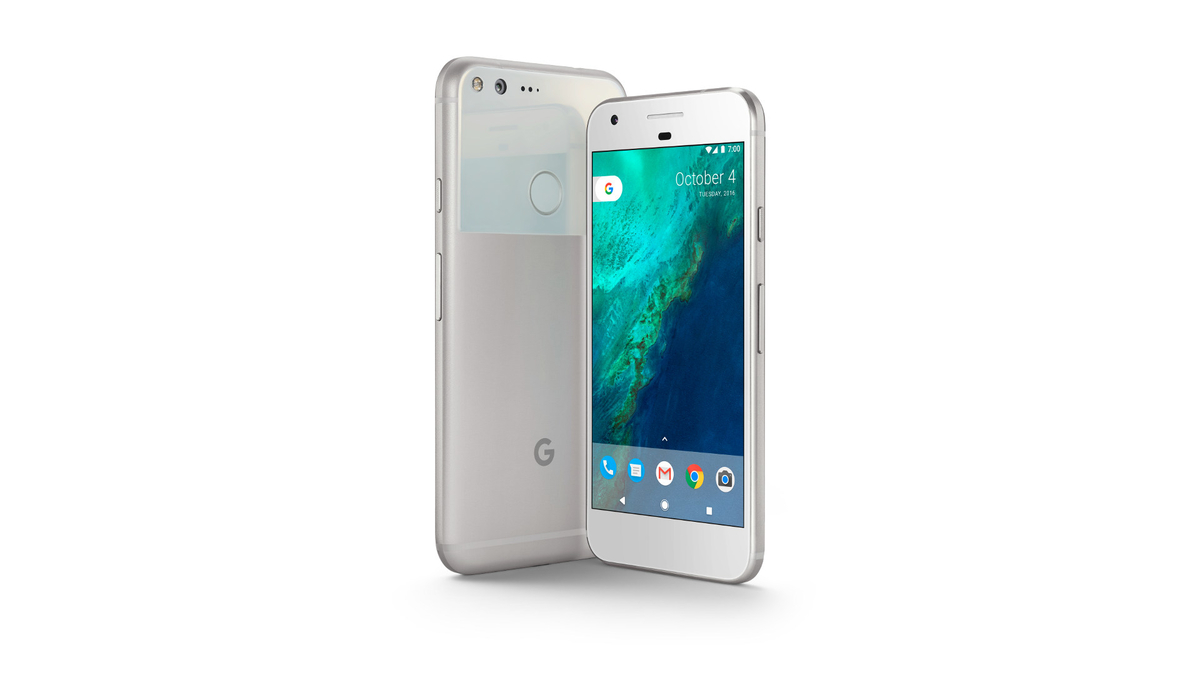
Google’s first pure Android phone was a solid effort – if not quite the bombshell we were hoping for.
Whilst a decent screen, fantastic camera and solid battery life meant it was a good way to enjoy Android Nougat, it was let down by a weak design and buggy OS.
The company’s second effort, then, has our attention. In fact, with just a few improvements – both hardware and software – it could be the best device coming in 2017.
One of the biggest let-downs with the first-gen Pixel was its design blend, which should be something easily repairable in number two. Admittedly, the Pixel was made by HTC, not technically by Google itself – but it’s likely that the latter took responsibility for the look and feel of its inaugural mobile.
A slicker shell and a neater Android OS could see the Pixel 2 become a real contender.
Lenovo Moto Z (2017)
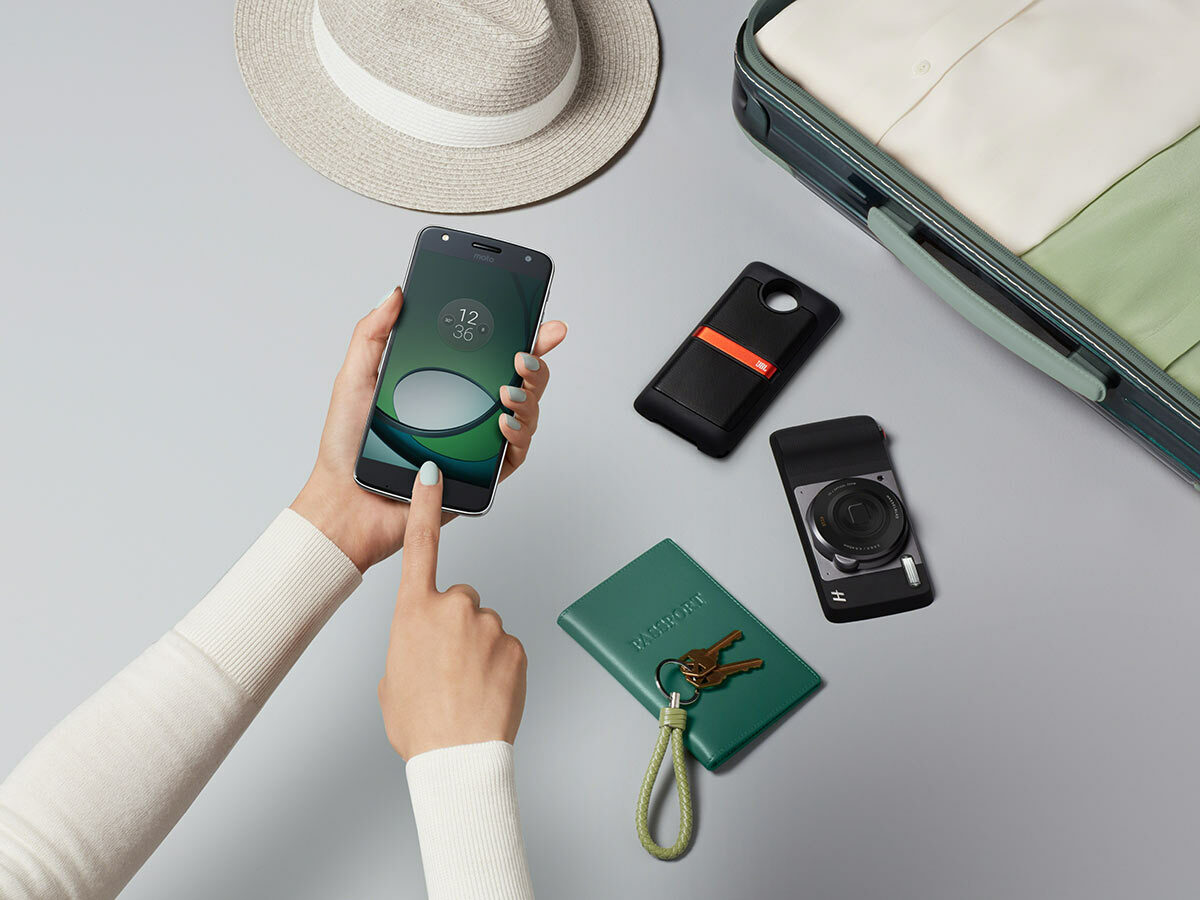
If LG does indeed ditch the modular elements on the G6, the Moto Z could well be the last bastion of a mod-able future for phones.
The first iteration packed an excellent QHD screen, plenty of power and – of course – those magical Moto Mods. It was also awkwardly designed and had a sluggish camera.
Another effort in the new year, though, could nail it. Making the Moto Z so slim meant it had to ditch the headphone socket – which wasn’t a popular decision. Keep the port and the Mods, thicken it up with a metal shell and you’d have a smartphone we’d be properly excited to see.
2016 edition › Moto Z review



